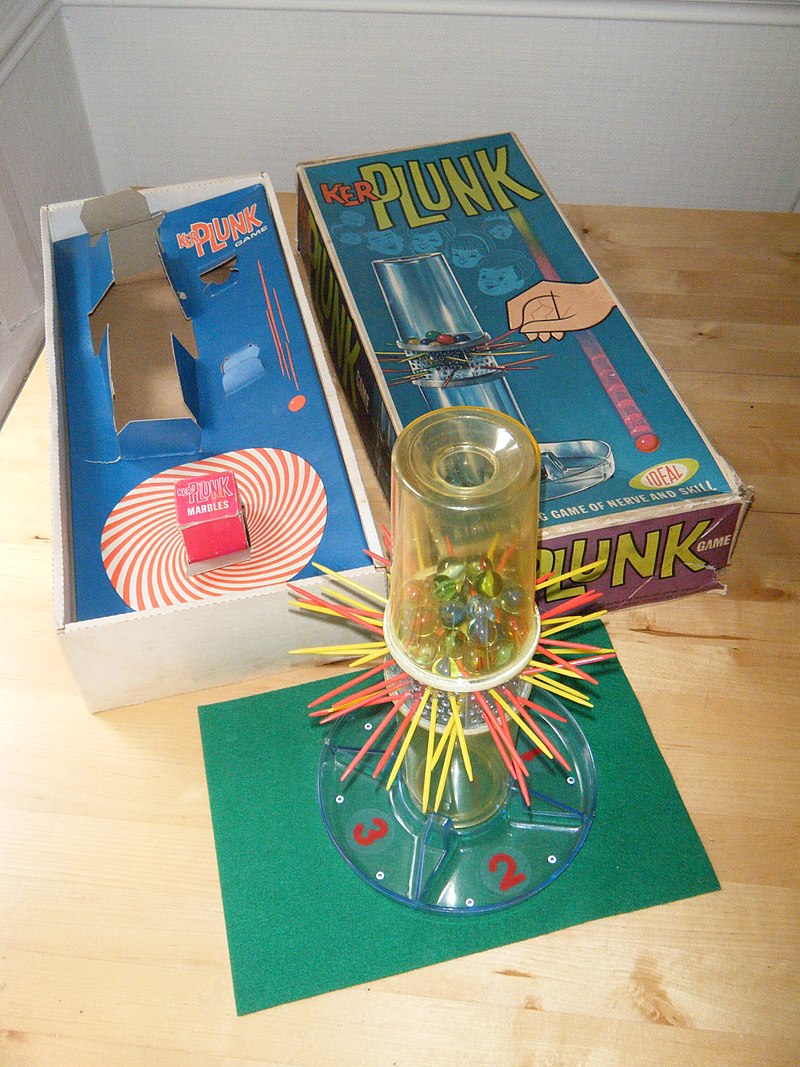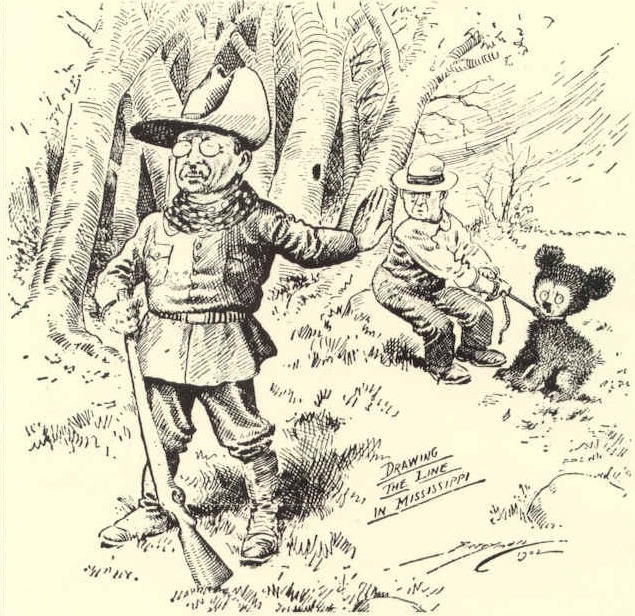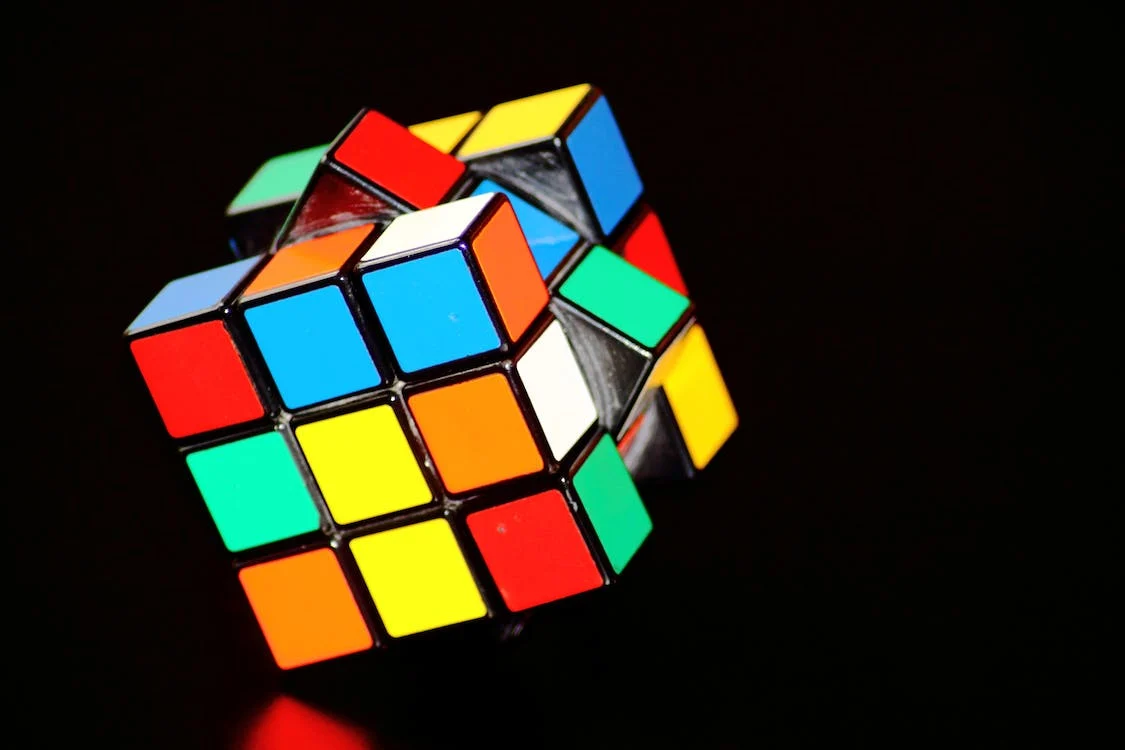The Rubik’s Cube is arguably one of the best and most popular toys of all time. What makes the toy popular is that it is not simply a toy, as it is a puzzle that can use and improve the thinking and memorizing skills of its player. There are even tournaments or competitions that are set up in different countries around the world to see who can solve a Rubik’s cube the fastest.
While most people know today that Spin Master, a known children’s toy company, owns the Rubik’s Cube brand today, what some of them don’t know is that the Rubik’s Cube was originally licensed by a now-defunct business called the Ideal Toy Company. To know more, here is a company profile for the Ideal Toy Company.
The Teddy Bear
The Ideal Toy Company was founded as the “Ideal Novelty and Toy Company” by Morris and Rose Michtom in 1903. Morris Michtom was a Russian who arrived in New York in 1887. In 1889, he married Rose Katz, who was also a Russian that flew to New York just a few months before she married Michtom. Before running a toy company, Morris and Rose Michtom opened up a candy shop that also sells different kinds of penny products or affordable items. [1]
In 1902, Rose Michtom became inspired to create a stuffed bear toy using scraps of velvet after seeing a famous political cartoon drawn by Clifford Berryman of Theodore Roosevelt and a bear cub, which was published in November of the said year. Morris Michtom, who was impressed by his wife’s DIY stuffed animal, put the bear in their shop window along with a sign that said “Teddy’s Bear.” Soon after, many of their customers were interested in buying “Teddy’s Bear,” so Rose made more and sold them. [2]
Because of the success of the “Teddy’s Bear,” which would eventually become known simply as the Teddy Bear, Rose Michtom would send a Teddy Bear to Theodore Roosevelt as a thank-you gift. Along with the toy bear, Rose Michtom also included a letter where she wanted to ask permission to use Roosevelt’s name. Roosevelt would later adopt the bear as his official mascot during his campaign in the early 1900s. The success of the Teddy Bear also allowed Morris and Rose Michtom to open their own toy business, the Ideal Novelty and Toy Company. [2]
By 1907, the Michtom couple retired their candy shop business so that they could focus more on their toy company. Besides the Teddy Bear, the Ideal Novelty and Toy Company also sold other kinds of dolls, most notably the Shirley Temple and Betsy Wetsy Dolls that were released in 1934. The dolls selling well allowed the company to continue thriving amidst the economic depression that struck the United States during the 1930s.
The Ideal Toy Co.
In 1938, Morris Michtom passed away, leaving Rose Michtom as the sole owner of the business. However, it was also in the same year when Rose gave way to Abraham Katz, her nephew, in order for him to become the chief executive of the company. Katz then changed the name of the company to the “Ideal Toy Co.” or the “Ideal Toy Company.” [2]
Under Abraham Katz’s leadership, the Ideal Toy Company grew rapidly. During the Second World War, the value of the company rose from $2 million to $11 million, mostly due to the demand for dolls and toys that keep kids happy despite the grim events that are happening in different countries that were affected by the war.
In the baby boom era after World War II, the demand for toys and dolls increased, and this led to the Ideal Toy Company taking advantage of the demand and making various types and brands of toys and dolls that kids can enjoy. It was also in the said era when the company began selling toys in other countries like Australia, Canada, and the United Kingdom.
In 1941, Lionel A. Weintraub, the son-in-law of Abraham Katz, joined the company. Weintraub would later become the president, the chairman of the board, and the chief executive officer of the company. It was Weintrub who lead Ideal to become partners with the American Character Doll Company (known for making dolls like “Sweet Sue” and “Toodles”) and the Alexander Doll Company (popular for making dolls based on popular franchises like “Gone with the Wind” and “Little Women”) to form the United States-Israeli Toy and Plastic Corporation. The formed corporation was founded to produce materials for toys in Israel and the United States.
The Smokey Bear, the official mascot and advertising icon of the US Forest Service, was licensed to Ideal so that the company can produce plastic and stuffed toys based on the said mascot. The Ideal Toy Company would continue to produce Smokey Bear toys until 1968 when the US Forest Service gave the license to another toy company called Knickerbocker.
The Rubik’s Cube
In 1974, a Hungarian professor of architecture and sculptor named Ernő Rubik invented the Rubik’s Cube, although he originally named it the “Magic Cube.” [3] Rubik invented the cube puzzle in order to teach his students the value of structural integrity when it comes to parts that are moving independently but are still stuck together by a core in the middle.
Rubik wasn’t intending to build a puzzle, but he realized that he created one when he jumbled up and moved the parts and was having trouble putting those parts back in their original place. Rubik then applied for a patent for his invention, which he called the “Magic Cube,” on January 30, 1975.
Four years after he applied for a patent, Ernő Rubik approached the higher-ups at the Ideal Toy Company to see if they could approve the concept and sell it in different countries. The Ideal Toy Company was impressed with Rubik’s invention, although they changed the name of the puzzle to “Rubik’s Cube” since “Magic Cube” was too generic and wouldn’t be memorable. The Ideal Toy Company began selling Rubik’s Cubes in 1980.
The Rubik’s Cube craze began in the early 1980s, as many kids and teenagers buy Rubik’s Cube just to see if they are smart enough to solve the puzzle faster than anyone else. In order to further capitalize on the craze, the Ideal Toy Company sued other toy companies that are manufacturing and selling knockoff puzzle cubes.
The Selling of the Ideal Toy Company
Even though the company was successful with the sales of the Rubik’s Cube, it wasn’t enough for it to stay afloat on its own. So, in 1982, the Ideal Toy Company was sold to CBS Toys (a toy company owned by CBS, a known television and radio company) for more than $50 million. Then, in 1984, CBS Toys sold the Ideal Toy Company to Viewmaster International (known for creating the View-Master stereoscope toys). After the acquisition, Viewmaster International changed its name to View-Master Ideal.
However, in 1989, View-Master Ideal was acquired by Tyco Toys (known for the Tickle Me Elmo plush toy) for more than $40 million. Tyco Toys then merged with Mattel (the manufacturer of Hot Wheels and Barbie) in 1997.
The Ideal Toy Company Trademarks
The trademarks or brands owned by the Ideal Toy Company are either owned by Mattel or were sold to Hasbro, one of the biggest toy companies in the US. Hasbro has been selling the board games that were once owned by the Ideal Toy Company, namely Mouse Trap and KerPlunk. Hasbro previously owned the license to the Rubik’s Cube, although toy company Spin Master bought the license in 2020 for about $50 million.
And that is all the things you need to know about the Ideal Toy Company and the toys that they once manufactured and sold. Although the Ideal Toy Company has not been around since 1997, the toys that they originally manufactured are still being sold, with some of them even being considered very popular toys on the market.
References
[1] Taylor, S. (2022, February 3). ROSE & MORRIS MICHTOM: THE COUPLE BEHIND IDEAL TOY COMPANY. Collectors Quests. Retrieved June 27, 2023, from https://collectorsquests.com/rose-morris-michtom-ideal-toy-company/
[2] Taylor, S. (2021, January 22). IDEAL TOY COMPANY, A BRIEF HISTORY: VINTAGE TOYS AND THE AMERICAN DREAM. Collectors Quests. Retrieved June 27, 2023, from https://collectorsquests.com/ideal-toy-company-a-brief-history-vintage-toys-and-the-american-dream/
[3] Reese, H. (2020, September 25). A Brief History of the Rubik’s Cube. Smithsonian Magazine. Retrieved June 27, 2023, from https://www.smithsonianmag.com/innovation/brief-history-rubiks-cube-180975911/




